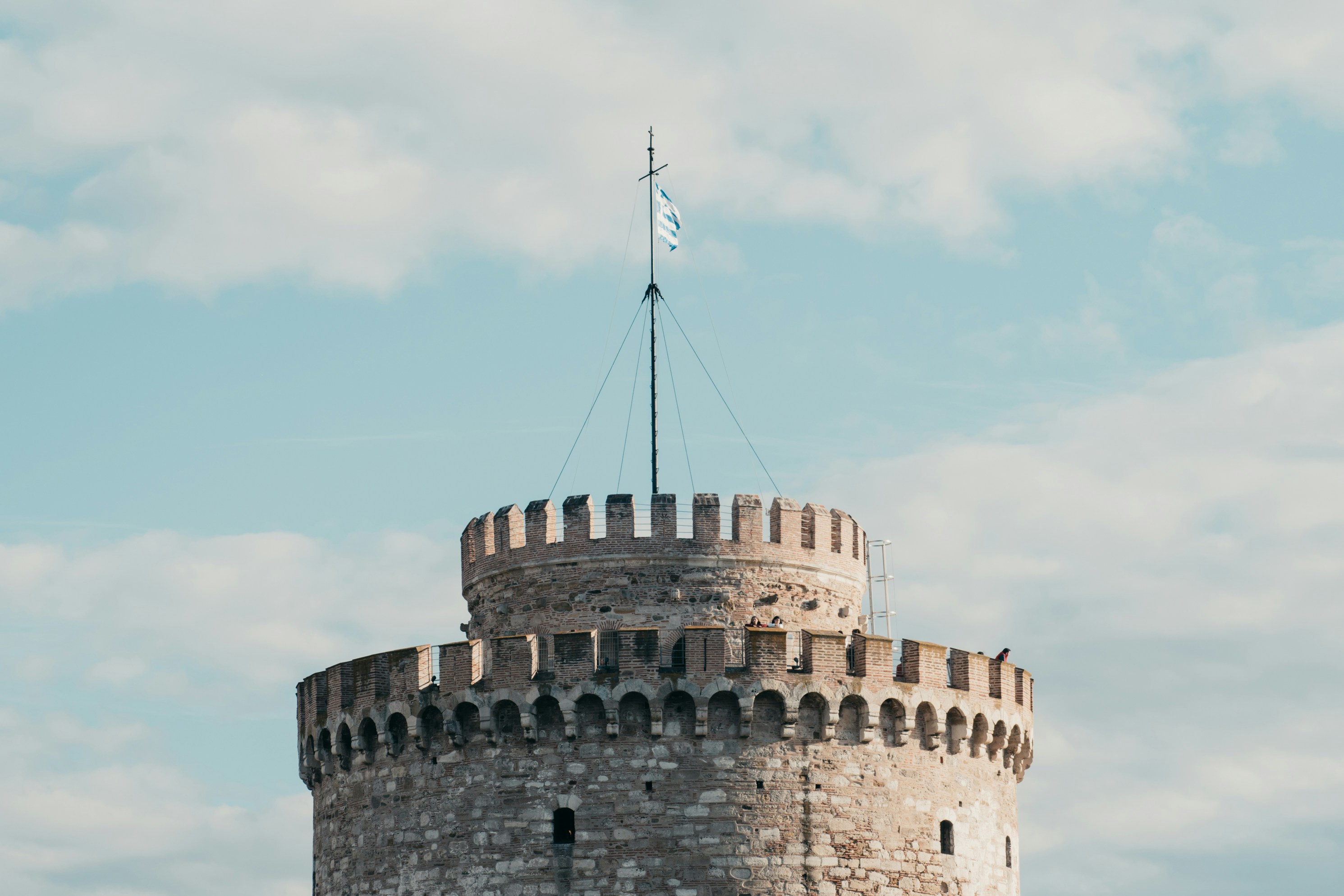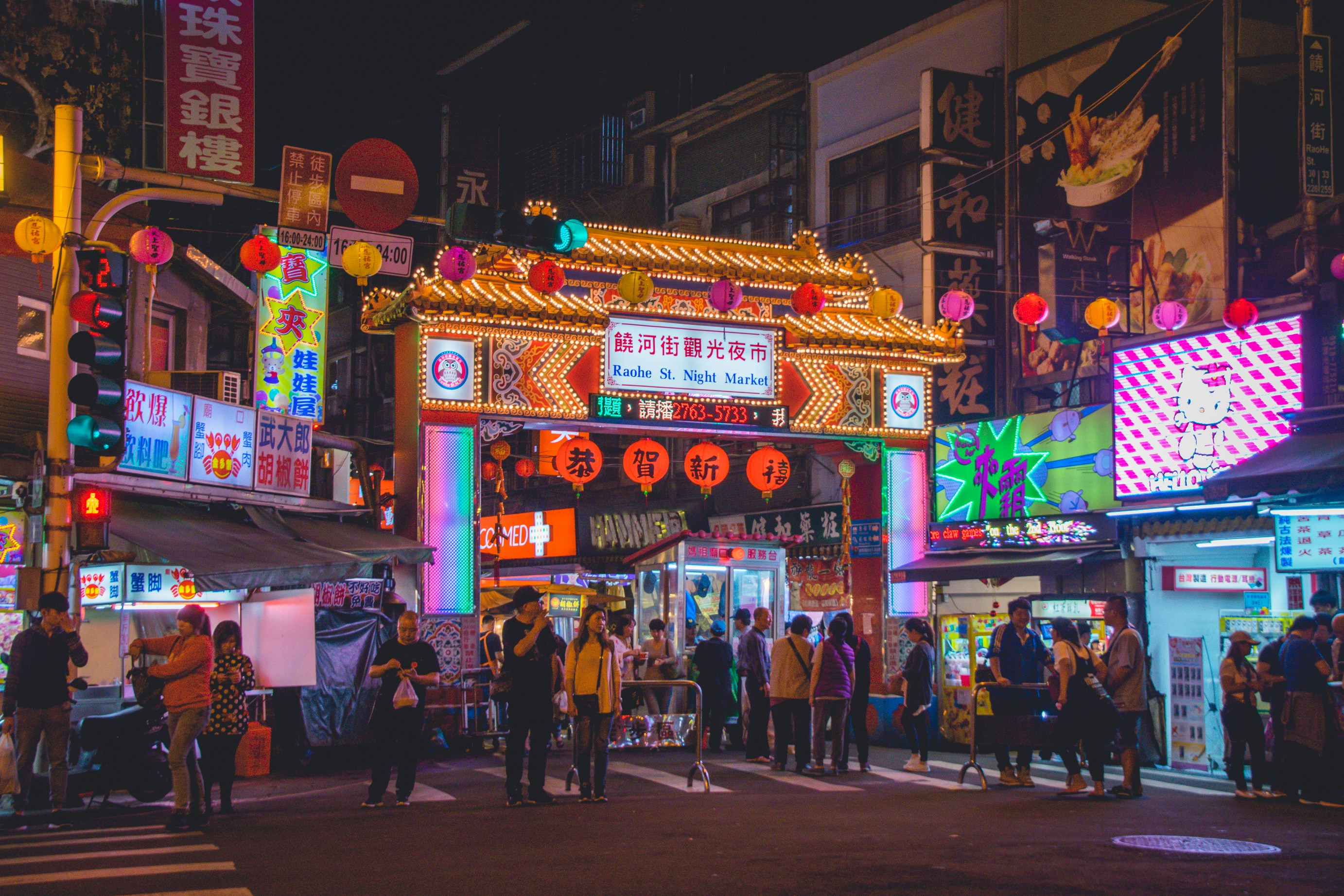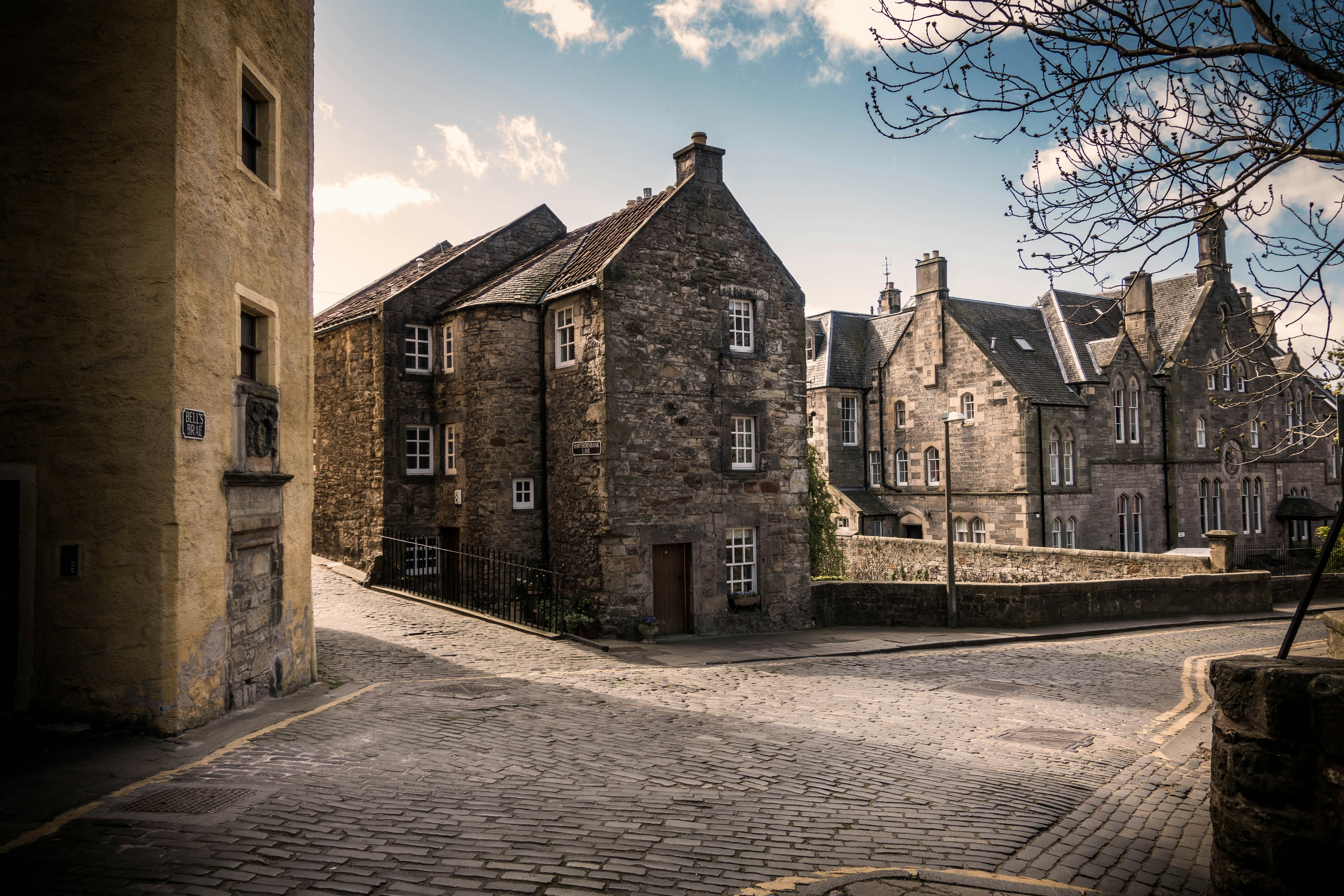Prague 2025: Old Town Lanes, Castle District, and Vltava Bridges — A 2–4 Day City Guide

Cobblestones that remember empires, a river that threads under postcard bridges, and a hilltop castle that keeps watch over the red roofs — Prague is where European history folds into a city you can actually walk. For 2025, museum refurbishments have settled, tram frequencies are favorable, and restaurant openings have refilled the center with local energy. This long‑form guide gathers everything you need to plan well and travel lightly: where to stay, how to get around, what to see and taste, a realistic 2–4 day plan, optional day trips, and seasonality, etiquette, money and booking advice.
If you are still scanning fares, start with cheap flights to Prague. If your trip is disrupted, keep boarding passes and receipts and know your rights for compensation for delayed flights. To sleep well and stay central without overpaying, compare hotel deals in Prague a month or two ahead of peak dates.
Where to stay
Pick a base that suits your pace. The city is compact, and almost every neighborhood below the castle is walkable to the core in 15–25 minutes. Balance romance with logistics: Old Town is breathtaking but crowded; the left bank has calmer nights and green slopes; New Town splits the difference with transit and restaurants at your door.
Old Town (Staré Město): heart of the postcard
You step into lanes that stage the astronomical clock each hour, arcades with marionettes and glass, and churches that glow at dusk. It is the most central and the most crowded. Choose inner courtyards or upper floors for quieter nights. Boutique hotels and apartments dominate. Prices are highest from May through September and around the holidays.
Lesser Town (Malá Strana): under the castle, above the river
Baroque gardens, embassy streets, and the shortest walks to Charles Bridge at sunrise. Nights are calmer once day trippers fade. This is a favorite if you want quiet mornings and quick access to green slopes and the castle district.
New Town (Nové Město): practical and well connected
Girding Wenceslas Square and the river banks south of the core, New Town trades a bit of charm for easy trams, wider sidewalks, and a strong restaurant scene. If you like a city that works first and photographs second, this area is your sweet spot — and often your best value.
Vinohrady and Žižkov: cafés, parks, and local calm
Gentle slopes, leafy squares, and cafés that locals linger in. You give up some proximity in exchange for character and lower rates. Trams shuttle you to the center in minutes. If you want evenings with neighborhood wine bars and bakeries, start here.
Riverside south (Vyšehrad, Smíchov): space and skyline
Follow the Vltava downstream for apartments with views, jogging paths, and the silhouette of the castle at golden hour. This is a working Prague with the bonus of classic skyline photographs from bridges that few tourists cross.
Wherever you land, compare hotel deals in Prague and lock a flexible rate. The city rewards longer stays: two nights show you the basics; three or four let you breathe and add an easy day trip.
Getting around
Arriving in Prague
- By air: Václav Havel Airport (PRG) connects to Europe and beyond. Bus + metro combinations are inexpensive and clear; taxis and ride‑hail are reliable for late arrivals. Check cheap flights to Prague for flexible calendars; midweek arrivals can be meaningfully cheaper.
- By rail: International trains from Vienna, Berlin, Munich, Budapest, and Warsaw arrive at Praha hl.n. (main station) with frequent metro and tram links.
- By long‑distance bus: Modern coaches run to the Florenc terminal, adjacent to metro and tram lines. Buy in advance for the best fares.
- By road: Streets in the core are narrow, parking is limited, and cameras enforce zones. If you plan a countryside loop, pick up wheels for specific days only — when you need them — using cheap car rentals in Prague.
Within the city
- On foot: Most of the core is best discovered at walking speed. Bring comfortable shoes; cobbles and slopes add up.
- Trams and metro: Frequent, clean, and intuitive. Contactless validators and clear maps make it easy. If you’re chaining museum visits, pair transit with skip‑the‑line tickets for top attractions to save lines and time.
- Taxis and ride‑hail: Reasonable and useful at night or in heavy rain; always check the price and route in the app.
- Bicycles and e‑bikes: Increasingly practical south along the river. Old Town lanes are scenic but not ideal for cycling; use riverside paths.
- Cars: For day trips beyond easy rail corridors, cheap car rentals in Prague can unlock castles, hikes, and vineyards on your schedule.
Essential sights and experiences
Old Town Square and the astronomical clock
Arrive early to feel the square before the crowds. The clock performance is quick; the pleasure is standing where centuries of processions, markets, and protests have swirled. Duck into lanes for arcades, courtyards, and cafés that calm the pace.
Charles Bridge at blue hour
The city’s most famous walk is still a local ritual at dawn. Statues recede into silhouettes, the castle glows, and street musicians tune up. Return at night for lantern light and reflections. Keep your bag in front and your gaze on the skyline.
Prague Castle and St. Vitus Cathedral
It is a district as much as a monument: courtyards, the cathedral, Golden Lane, and views that open over the river. Choose a ticket set that matches your time and interest; pair it with skip‑the‑line tickets for top attractions in peak season to maximize time on site and minimize lines.
Josefov (Jewish Quarter)
Synagogues, the old cemetery, and a history that must be walked with attention. Expect a sobering, essential visit; allow time to move slowly through exhibits.
Vyšehrad
A fortress hill with park paths, a basilica, and the kind of city views you share with locals out for a stroll. It’s perfect for a late afternoon walk when the core is crowded.
Strahov Monastery and Petřín Hill
Book‑scented libraries and green slopes above Malá Strana that fold you toward the castle. Petřín’s paths are sanity at peak times; fruit trees and benches, plus a lookout tower for a classic city photograph.
Modern architecture and the riverfront
Look for functionalist gems, the riverfront embankments that turn into summer hangouts, and the subtle rhythm of bridges. In warm months, barges and pop‑ups add patios along the water.
Food and markets
Prague’s cooking is leaning lighter without abandoning classics. You can eat simply and well if you focus on seasonal ingredients and places that cook for locals: roast meats with honest sides, soups that hold a day together, and fruit pastries that taste like someone meant them.
What to try
- Česnečka (garlic soup): winter comfort, but also welcome after a long day of walking.
- Svíčková: marinated beef with a velvet sauce, dumplings, and a spoon of cranberry — richer than it sounds and worth sharing.
- Roast duck and pork knuckle: for long tables and autumn days.
- Koláče and fruit pastries: best from bakeries that sell out before noon.
- Czech beer: crisp, food‑friendly, and better than your memory. Try small breweries as well as classics.
Where to focus
- Farmers’ markets: riverbank markets on weekends for produce, cheese, and street food. Bring cash and an appetite.
- Neighborhood pubs: lunch menus are excellent value; order what the next table is having.
- Cafés and bakeries: Vinohrady and Letná reward morning strolls with strong coffee and flaky pastry.
- Picnic culture: buy a simple spread and take the tram to a viewpoint. Skylines season food.
A realistic 2–4 day plan
Day 1: Old Town, the river, and Malá Strana
Arrive and shake your legs along the river. Cross Charles Bridge in the late afternoon and watch statues turn to shadow. Dinner tucked under arches, then a slow walk to your hotel. If you landed late, save the bridge for dawn and sleep.
Day 2: Castle District and Petřín
Climb or tram up to the castle. Choose a focused ticket set and match it with skip‑the‑line tickets for top attractions in season. Linger in courtyards, then walk Petřín’s paths to a viewpoint. Afternoon coffee in Malá Strana. Evening on the riverfront embankments.
Day 3: Josefov and New Town
Walk the Jewish Quarter with the time and attention it deserves. Lunch in New Town, then museums, galleries, or a beer tour down to the river. If weather turns, choose a library, a café, and a slice of cake: Prague is a city that makes slow time feel like a plan.
Day 4 (optional): slow corners and viewpoints
Trace local hills, bookstores, and bakeries. Circle back to a church concert or a modern gallery. Or ride a tram to Vyšehrad for sunset.
Optional day trips
- Kutná Hora (UNESCO): Gothic churches and the famous ossuary, plus a compact old town. Easy rail link, walkable on arrival.
- Český Krumlov: A Baroque theater and a river loop that hugs a fairytale old town. Long day by bus or a faster drive with cheap car rentals in Prague; best as an overnight if you can spare the time.
- Thermal spas and castles west: Karlovy Vary and castles in the region make for a varied day if you rent wheels via cheap car rentals in Prague.
- Bohemian Switzerland National Park: Sandstone gates and forest trails. Combine train + shuttle or plan a car for flexibility.
Safety, etiquette, money, seasonality
Safety
Prague is broadly safe. In crowds, use common sense; at night, stick to lit streets and reliable transport. Weather is moderate but can turn windy on open bridges — layers help.
Etiquette
- Queues are calm; let people off trams and metro before boarding.
- Lower your voice in churches and memorial sites; move slowly in the Jewish Quarter.
- In pubs, ordering another round is expected if you linger; tipping is modest and rounded.
Money
- Cards are widely accepted; small cash is handy for markets and older kiosks.
- Lunch menus are your value play; reserve dinners earlier in busy months.
- Transit passes pay off if you string multiple rides per day; always validate as required.
Seasonality
- Spring: Blossom in parks and lighter crowds. Layers and rain protection make outdoor time easy.
- Summer: Long light and busy squares. Book ahead, use early mornings and nights to reclaim the core.
- Autumn: Colors on the slopes and calm river walks. A sweet spot for photographers and walkers.
- Winter: Markets, concerts, and quiet museums. Snow is occasional rather than guaranteed; interiors shine.
Booking and timing for 2025+
- Flex your dates for cheaper cheap flights to Prague. Tuesday and Wednesday arrivals often undercut weekends.
- Time‑slot the big hitters with skip‑the‑line tickets for top attractions in peak months to keep your lines short and your days long.
- Consider cheap car rentals in Prague only for days you leave the transit grid; the center is best car‑free.
- Compare hotel deals in Prague across neighborhoods; aim for free cancellation and breakfast for smoother mornings.
- When plans go sideways, document everything for potential compensation for delayed flights claims; save boarding passes, delay notices, and receipts.
The bottom line
Prague works because it feels made for walking without feeling small. With this 2025 plan — stays that fit your pace, trams and metro that keep you moving, essential sights balanced by slow corners, food that’s honest, a 2–4 day itinerary that breathes, easy day trips, and clear booking and seasonality advice — you’re set to arrive light and leave heavy on memory.


